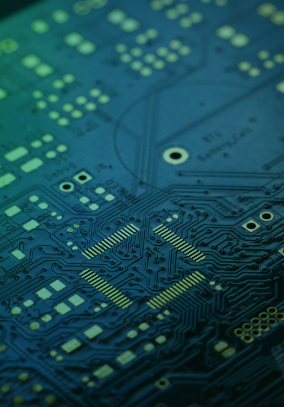Museum Experience
The heart of the campaign, catalyzed by a pioneering $75 million investment, is a fundamental reimagining of the Museum experience that will reignite a sense of wonder to inspire the people of Minnesota into the future.
Science thrives on the cutting edge, and the Museum needs to invest in infrastructure and technology to present at the forefront of discovery. With an audience raised on streaming, we can’t be a Blockbuster.
Our current building, first conceptualized in the 1990s, represents outdated design, technology created before the iPhone, and uninspiring educational classrooms.
Our spaces have lost some of their “wow.”
Our facilities can be a living example for institutions that want to reduce their carbon footprint and impact climate change. Perfectly nestled on the banks of the Mississippi River, we are also poised to play a significant role in St. Paul’s renewed embrace of the Mississippi River, with the potential to generate long-term economic benefits through increased tourism.
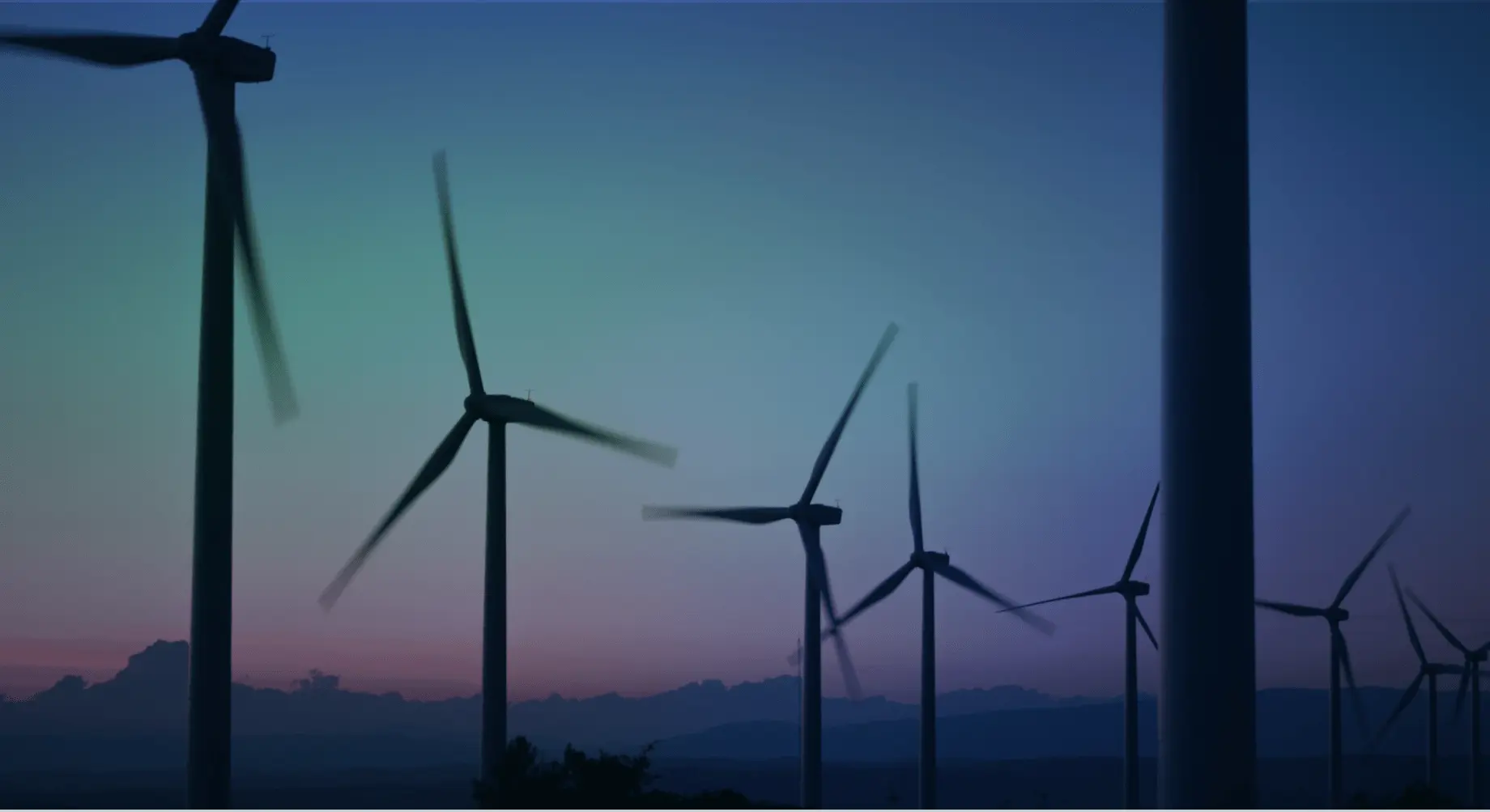
“
As an ecologist at the Science Museum, I’ve spent over 15 years studying Minnesota lakes. Our work has helped to inform legislation by measuring water pollution and improving the quality of life-giving water used for consumption and irrigation. We work with farmers. We collaborate with Native American tribal populations as they mediate with the federal and state governments. We’re not here to preach. We’re here to make a difference.
Adam Heathcote
PhD, Director, Department of Water and Climate Change
Curious how changes at the Museum will look and feel?
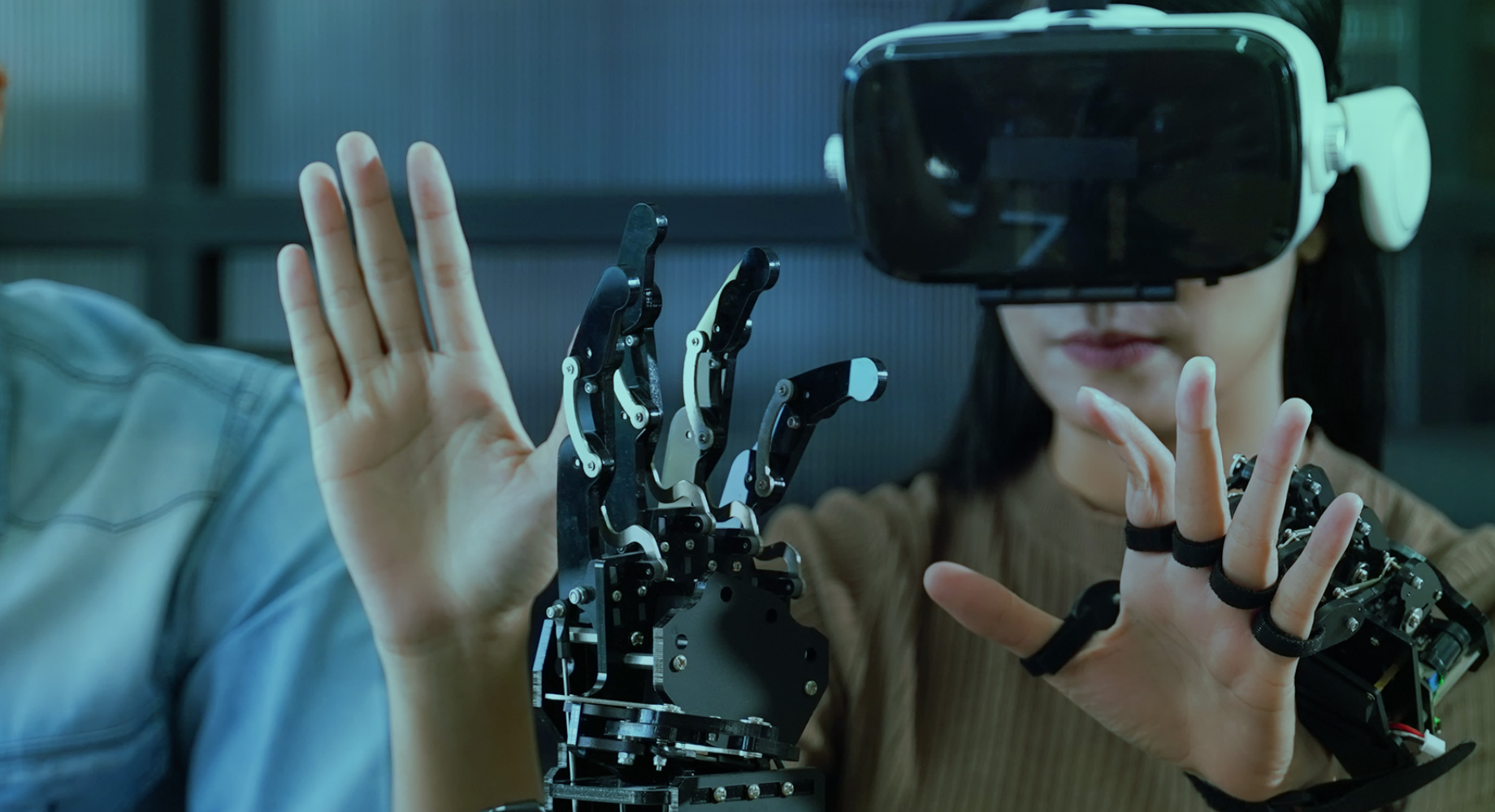
Immersive technology — interactive exhibit experiences and immersive programming include gaming, virtual reality, augmented reality, and the full digitization of the Omnitheater.
Transforming Kellogg Plaza from a concrete walkway to a welcoming front yard.
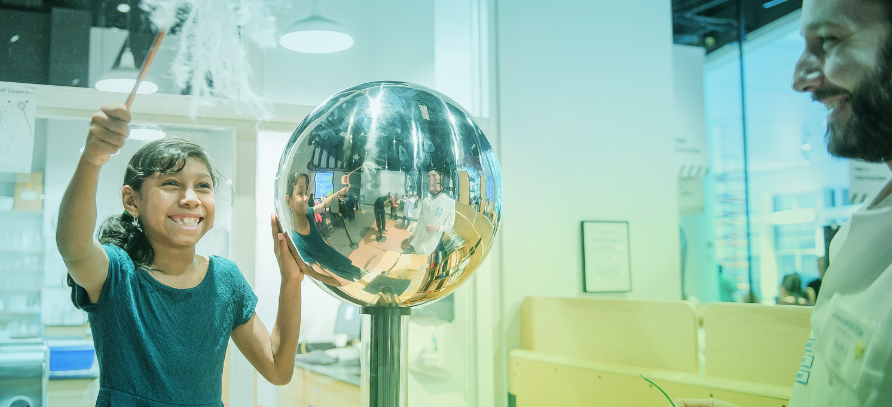
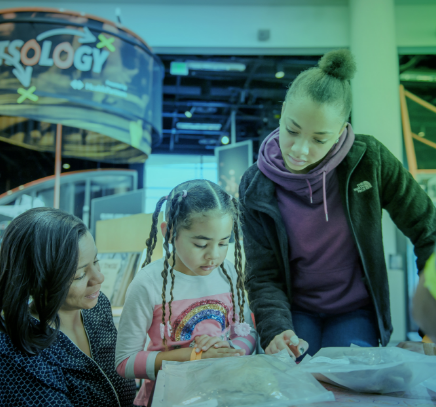
Essential infrastructure, energy, and water system upgrades that achieve carbon neutrality by 2030 while functioning as exhibits themselves.
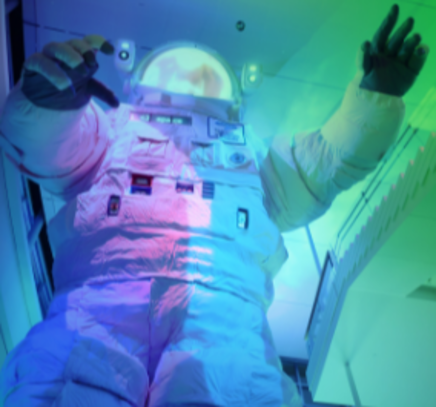
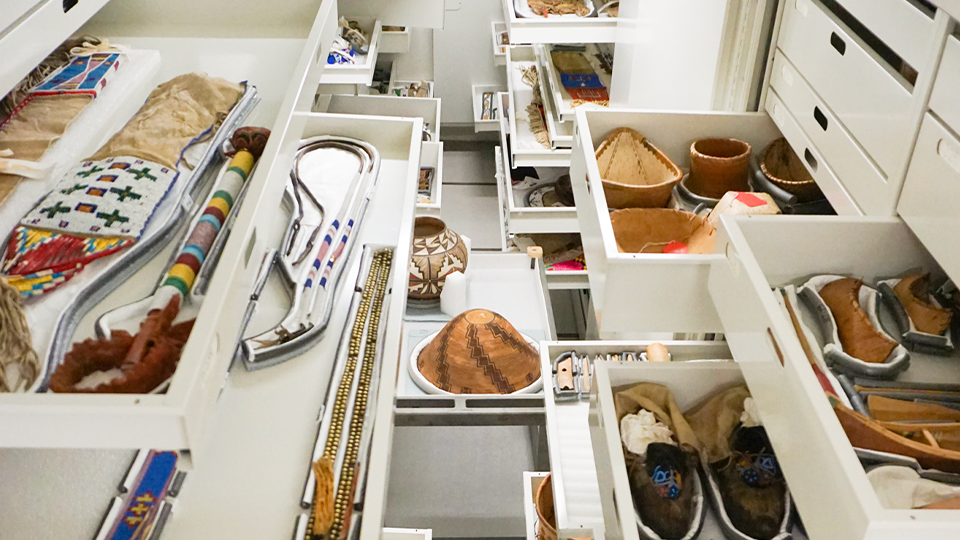
Expanded public access to our research and collection of more than 2 million objects spanning Earth’s history, including over 10,000 years of human history in Minnesota and beyond.

A new Center for Equity Systems Change focused on youth of color and girls that inspires young people to use STEM solutions to solve real problems they identify in their communities.
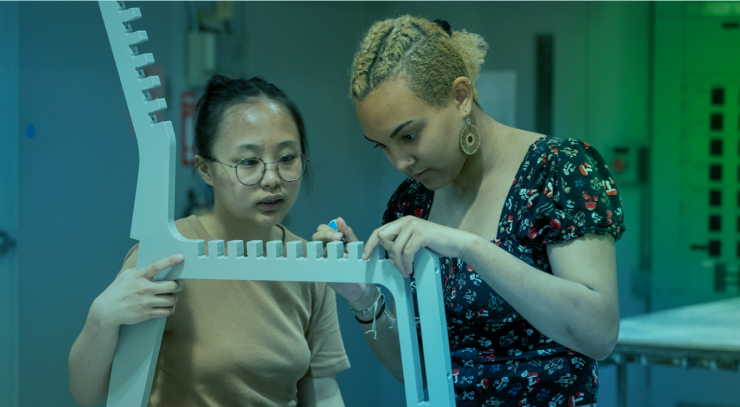
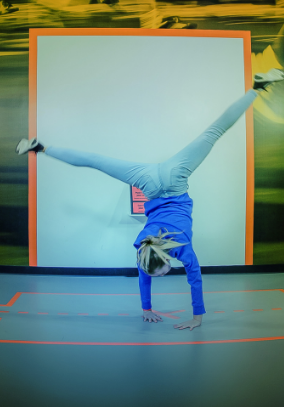
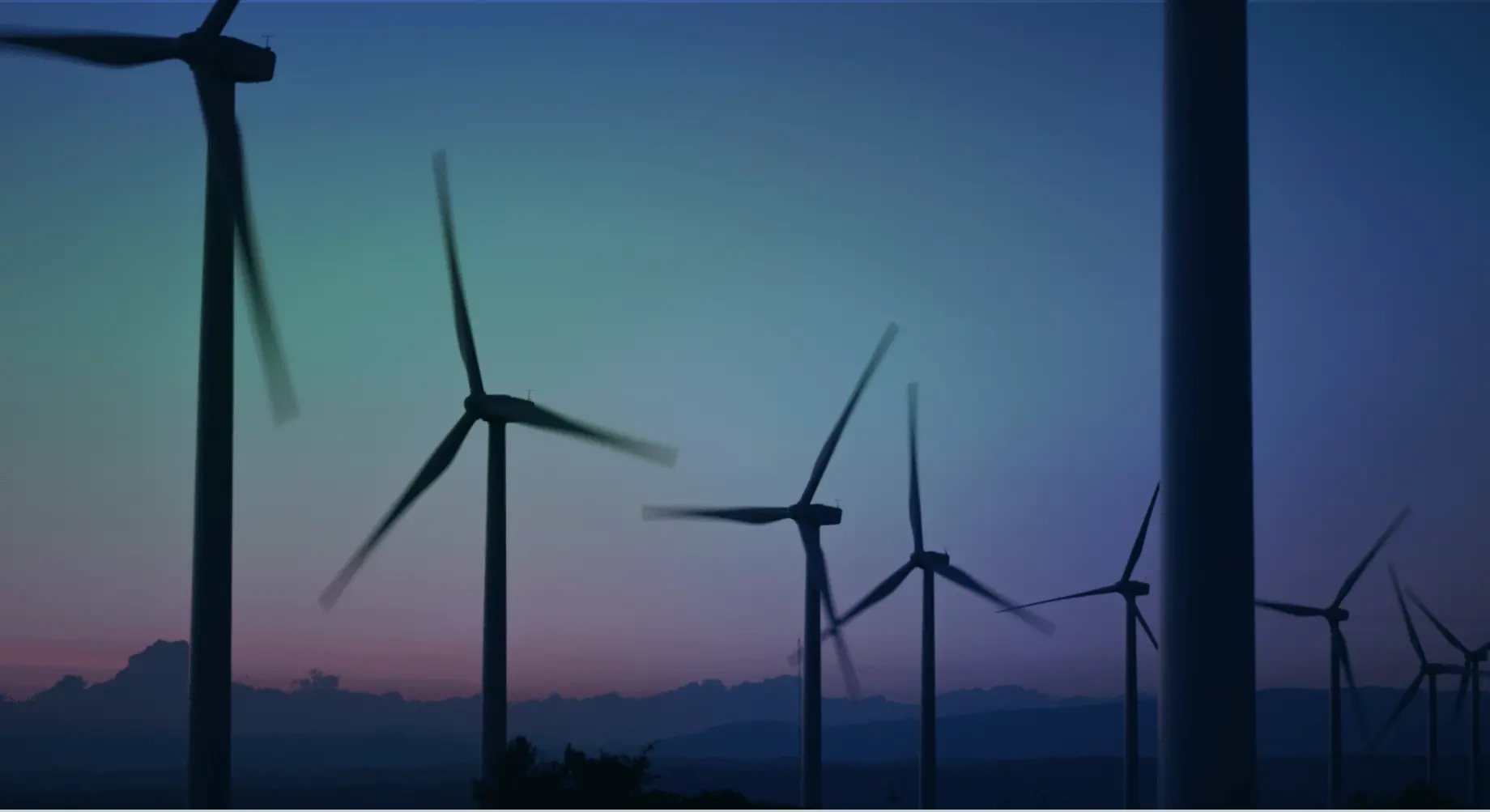
Thrilling new galleries dedicated to climate change, paleontology, the future of food, engineering, and the human body.
The Backyard connects to St. Paul’s changing riverfront while supporting outdoor experiments, physical play, and gardening. This space is essential to our year-round outdoor program expansions and hosts spaces that acknowledge traditions on our native lands.
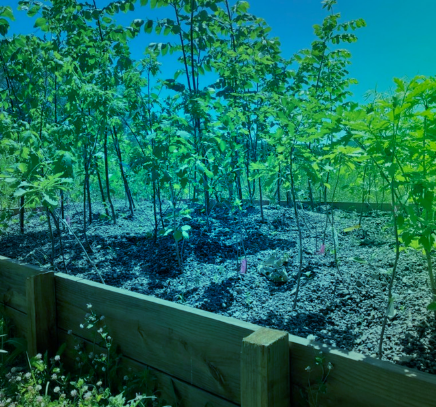

The Science Museum will also transform its digital presence so online experiences amplify in-person visits and, in some cases, offer complete learning adventures. As a result, anyone anywhere can engage with the Science Museum as a hub of discovery.
